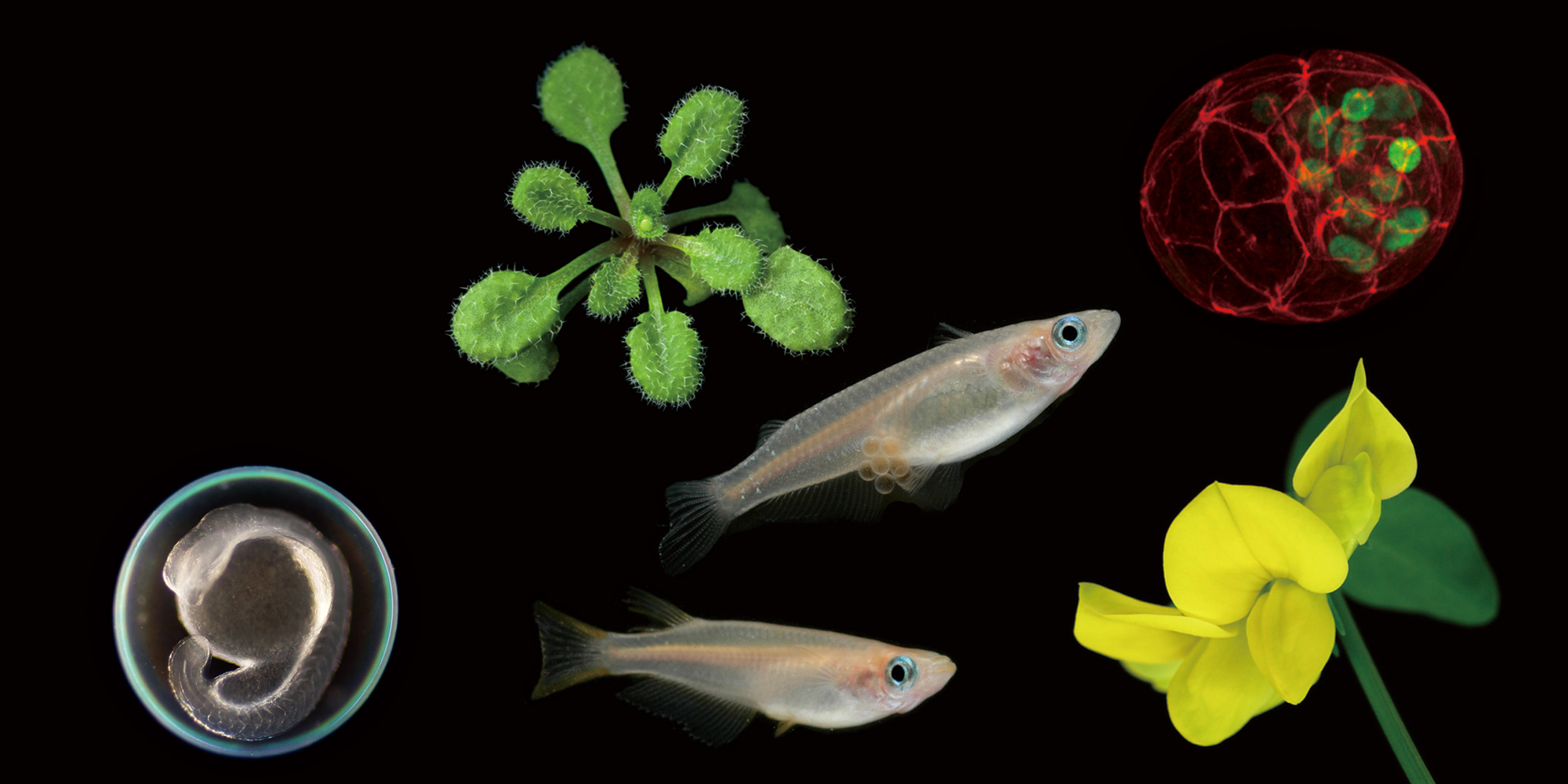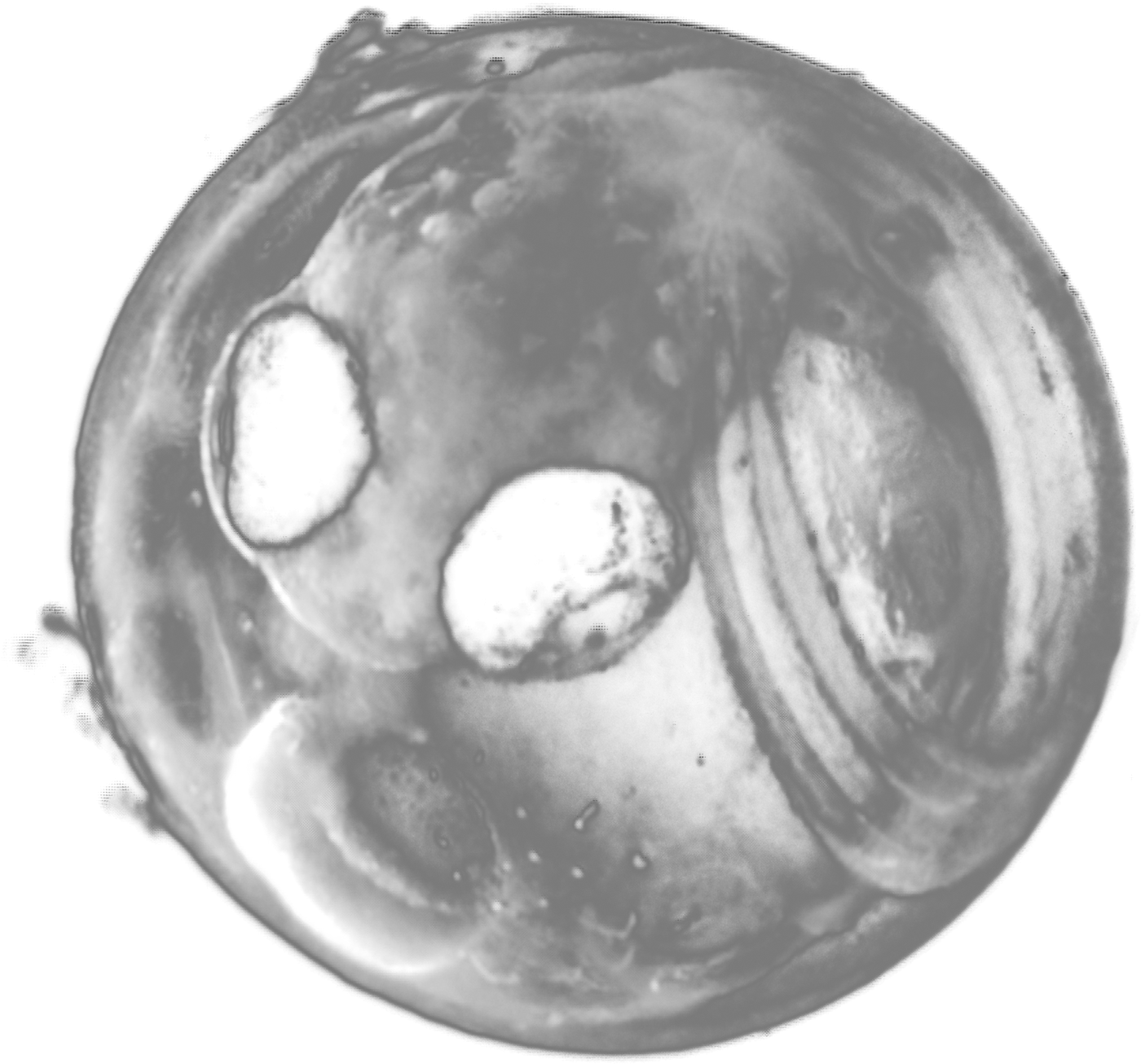2007.06.13 部門公開セミナー
Asymmetric Cell Division and Stomatal Differentiation 非対称分裂と気孔の分化 -細胞間シグナル伝達とマスター因子による細胞運命の決定-
2007年06月13日(水) 16:00
明大寺地区1階会議室(111)
所長研究室 岡田清孝 内線7651
Stomata are microscopic pores on the plant epidermis that act as a major passage for the gas and water vapor exchange between a plant and the atmosphere. A pair of specialized guard cells works in concert to adjust pore size to maintain gas exchange while minimizing the water loss. Formation of stomata requires an orchestrated series of both asymmetric and symmetric cell divisions starting from an undifferentiated protodermal cell and ending in the production of two guard cells. Proper density and distribution of stomata are critical for plant physiology and survival. Studies in the model plant Arabidopsis have suggested the presence of a mechanism that enforces even distribution of stomata by orienting the site and density of asymmetric divisions. Our research and those by others unraveled the molecular basis of such cell-cell communication as a receptor-kinase mediated signal transduction pathway. Furthermore, we recently isolated a novel bHLH gene and identified its two closely-related paralogs. These three transcription factor genes make a three-step relay, where each gene has a distinct role in directing key transitional states of the stomatal cell lineage. Understanding how these master switch genes are regulated by the receptor kinase signaling pathway may provide a complete picture of stomatal patterning and differentiation in plants. Finally, these three master switch genes can be used as tools to investigate evolution of stomata and the conservation of developmental programs between plants and animals.
--関連文献--
Pillitteri, L.J., Sloan, D.B., Bogenschutz, N.L, and Torii, K.U. (2007) Nature 445, 501-505
Bemis, S.M. and Torii, K.U. (2007) Developmental Biology 304, 367-381
Shpak E.D., McAbee, J.M., Pillitteri, L.J., Torii, K.U. (2005) Science 309, 290-293.
Shpak, E.D., Berthiaume, C.T., Hill, E.J., and Torii, K.U. (2004) Development 131, 1491-1501
Shpak, E.D., Lakeman, M.B., Torii, K.U. (2003) Plant Cell 15, 1095-1110







